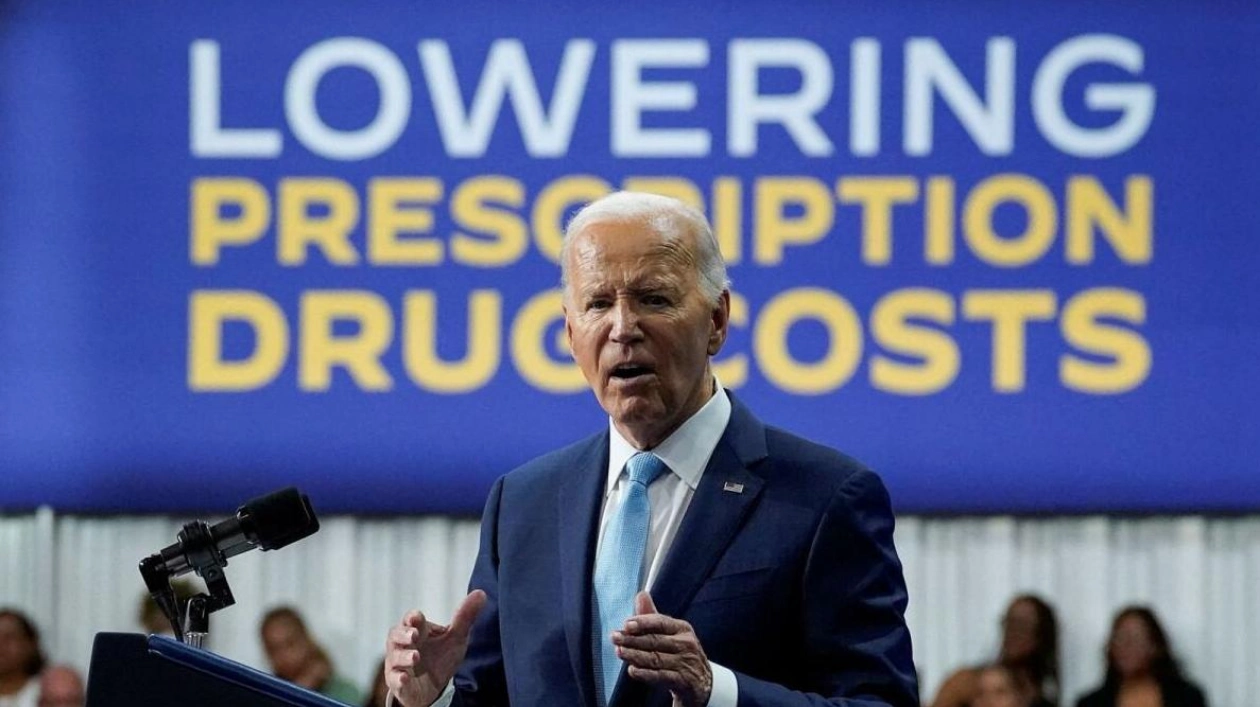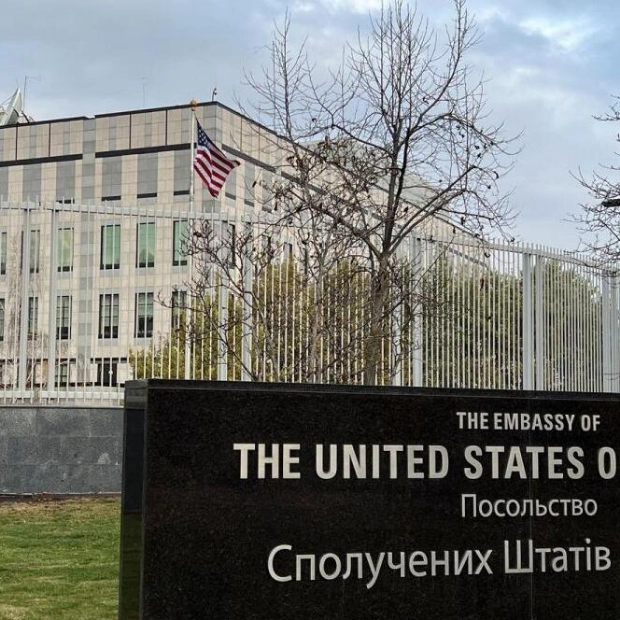Over one million individuals in the US are set to save more than $1,000 annually starting in 2025, according to a leading advocacy group for seniors. This financial relief comes as a result of a new $2,000 annual limit on out-of-pocket prescription drug costs, which is part of President Joe Biden's Inflation Reduction Act. This cap affects the Medicare program, which serves those aged 65 and older as well as disabled individuals. Specifically, Medicare Part D, which covers about 56 million people, will see this benefit implemented. The AARP, a strong supporter of the legislation, commissioned Avalere, a health consultancy, to study the impact of this new policy and released their findings on Wednesday. According to AARP's report, the $2,000 limit will reduce expenses for over 3.2 million people, representing approximately 8.4% of Part D beneficiaries who do not receive additional subsidies. This marks a significant shift from previous Medicare Part D policies, where beneficiaries without low-income subsidies had to cover 5% of drug costs regardless of their total expenditure. The cap is anticipated to offer substantial long-term savings, especially for those in greatest need, despite expected increases in Part D premiums next year. By 2029, the cap is projected to benefit 4.1 million people, or about 9.6% of beneficiaries. The most significant savings will be experienced by those who rely heavily on high-cost, branded medications. For instance, Diana DiVito, an 82-year-old with chronic leukemia, saw her monthly treatment costs average $858 over five years. Her co-insurance was 33% until she hit the Part D cap, after which she still had to pay 5% of the drug's cost. However, the new law eliminates this additional payment starting in 2024. DiVito expressed her relief, stating, "It's a tremendous weight off my shoulders and I'm incredibly grateful." Nearly 40% of those reaching the cap between 2025 and 2029, around 1.4 million people, will save over $1,000 annually, with 420,000, or about 12%, saving more than $3,000 each year. Currently, some patients are paying over $10,000 annually for their medications. The study did not include Part D beneficiaries who receive low-income subsidies and pay minimal amounts for drugs. AARP CEO Jo Ann Jenkins emphasized that the money saved could be redirected towards family needs, broader health expenses, or used to enhance financial stability.

Text: Lara Palmer
29.08.2024
AARP reports significant savings for seniors and disabled under new Medicare Part D drug cost cap





